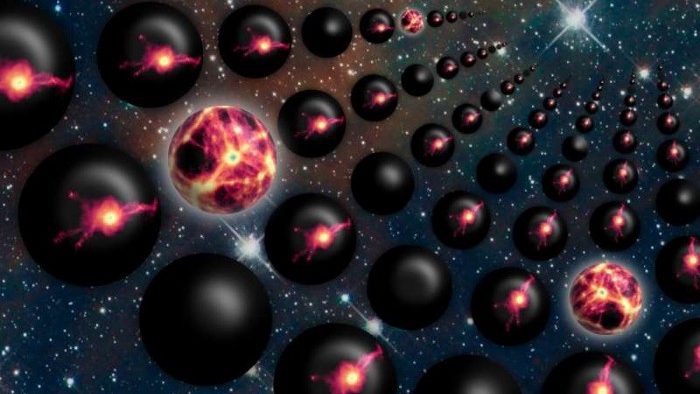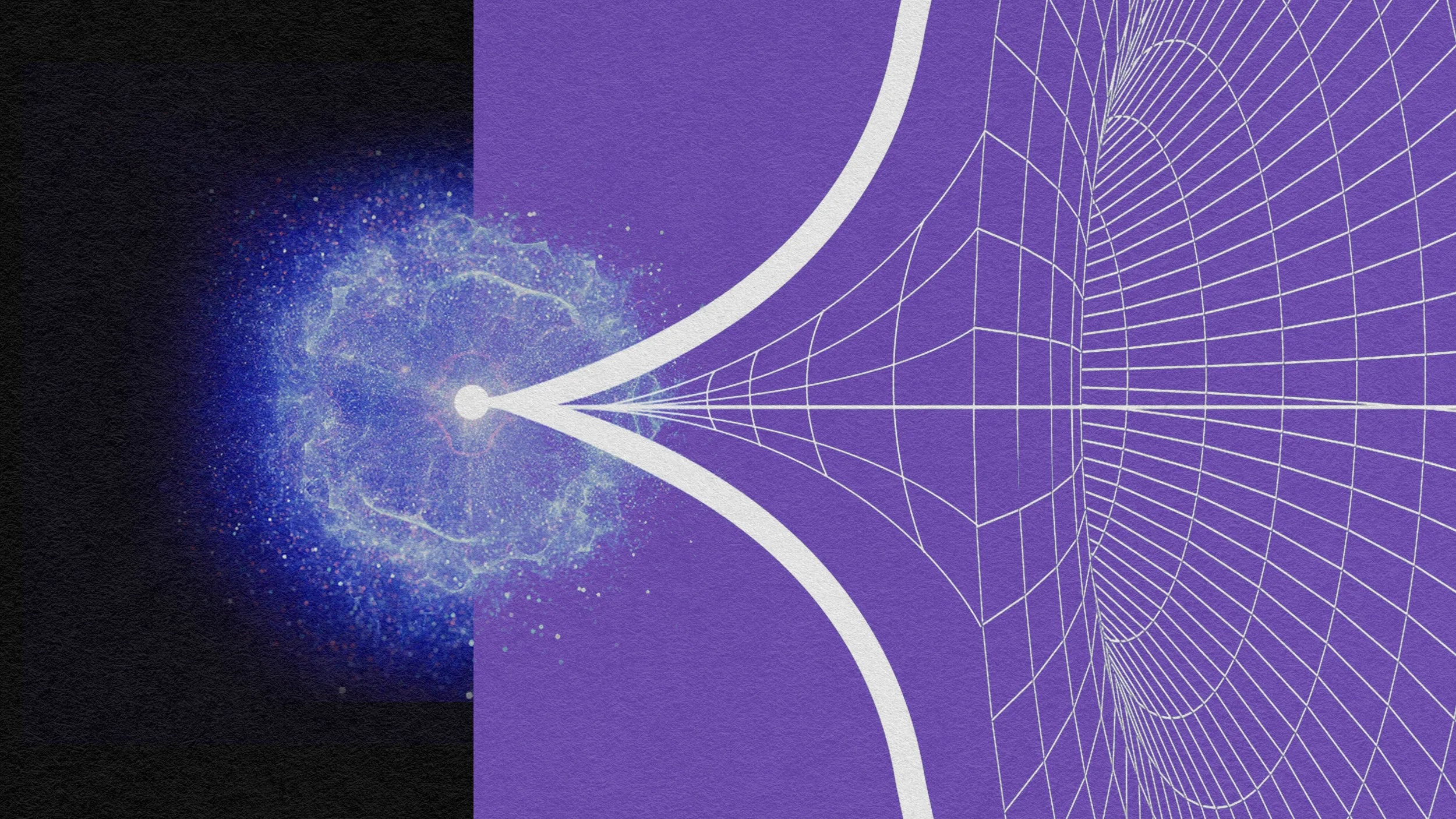- Black holes represent a moment where our universe ends and folds back upon itself, where relativity and quantum physics collide. Back here on Earth, black holes do something similar — they bring people together from different disciplines to create collisions of thought.
- Because black holes are the absolute boundary between what we know and what we don’t, this is a problem that cannot be solved by astronomers, physicists, or mathematicians alone. It also requires philosophers and people who can challenge researchers to think differently.
- Cross-disciplinary dialogue isn’t always easy, but the Black Hole Initiative has led to a number of discussions that provide space for the unlimited possibility of collaboration.
AVI LOEB: Avi Loeb: Black holes are mysterious objects. They are remarkable structures of space time from where nothing can escape, not even light. Physicists are able to forecast everything that happens in the universe outside of black holes. What we will like to understand is what is happening at its center, where if matter fell into the black hole, at which point Einstein's Theory of Gravity cannot apply. It breaks down. And so this raises a lot of fundamental questions and perhaps the collaboration of people from different disciplines will allow us to resolve some of these puzzles. My name is Avi Loeb and I'm here to discuss black holes.
NARRATOR: Avi Loeb is the astronomy chair at a little private college, just outside Boston called Harvard. If you have to go to school in the East Coast, I hear it's pretty decent.
Avi Loeb: That's right. The problems about black holes that were not solved as of yet and are puzzling to us are first the nature of its singularity. What really happens when the curvature of space and time diverges in the interior of a black hole? Is that a channel, a path to another universe? Is there an object there where matter collects? According to Einstein's gravity, it collects at a singularity. And so, a paradox arises.
NARRATOR: Modern physics is dominated by two major theories, general relativity and quantum mechanics. By and large, these theories don't conflict with each other. But according to relativity, black holes create a singularity, a point in space time with infinite density that is completely inescapable. And according to quantum mechanics, that's impossible. Black holes may hold the secret to reconciling these two theories and creating a unified understanding of physics.
AVI LOEB: In order to discover the world, we need to push boundaries. And the best places to push boundaries is under extreme circumstances in extreme environments. And the most extreme environments that we know of in the universe are black holes because they represent places where space and time themselves have a puncture, a behavior that is pathological, that leads to paradoxes within physics. Black holes do not emit light. They're black, but the matter that swirls around them emits light as itheats up. And so, some of this light can get absorbed by the black hole when it comes from behind it. And that appears as a silhouette, a dark part of the image that represents the region around the blackhole, from where lights cannot escape.
NARRATOR: You've probably seen this image. It was pretty much everywhere for a while. With this image, science fiction became fact. What you are seeing is evidence of an event horizon.
AVI LOEB: Seeing is believing. A photograph is worth 1,000 words.
NARRATOR: To create this image, researchers from around world collaborated to build the event horizon telescope, an array of telescopes that is literally as big as our entire planet. The Black Hole Initiative helped to process the data which would result in the first direct observation of a black hole. Probing the deepest questions that are raised by black holes also spurred collaboration from a diverse set of disciplines. Philosophers and physicists, plasma scientists, and astronomers, computer data specialists, and filmmakers. You get the idea.
AVI LOEB: Every now and then, physics reaches a point where a new theory has to be contemplated. And in thinking about the new theory, philosophical ideas are extremely important because they provide us with a broader perspective. I had a number of occasions where a philosopher would challenge my thinking about the subject. And as a result of that, I would come up with ideas that I would never encounter if I were to think in my own path.
NARRATOR: The benefits of cross disciplinary dialogue might seem obvious, but it isn't always easy for ideas to flow between people with different disciplines and backgrounds.
AVI LOEB: My first concern was that it might become like the Tower of Babel, that each discipline will pursue its path without communicating with the other disciplines. But then after those early few months, people started collaborating and it became an intellectual heaven where we would have philosophers speaking with physicists. My most important role is in trying to establish an atmosphere around me that tolerates mistakes, innovation, risk taking, and a willingness to explore the unknown. And encouraging diversity,because I believe that people coming from different backgrounds have a better chance at cracking a problem.
NARRATOR: The Black Hole Initiative has led to a number of collaborations, papers that have been published and furthered our understanding of the universe. Not the least of these is the image itself. This image confirms many of our existing theories about black holes, but what Avi and his colleagues are really looking for is something that forces us to rethink and reevaluate our theories.
AVI LOEB: My hope is that we will find an anomaly, something unusual in the image of a black hole that we have to think hard in order to explain. And it's difficult to forecast what that might be because it deviates from This transcript was exported on what we expect. Nevertheless, what thrills me the most is this sense of adventure, going into the unknown and finding something that nobody thought about before.
NARRATOR: Learn more about the Black Hole Initiative at templeton.org/blackholes.







